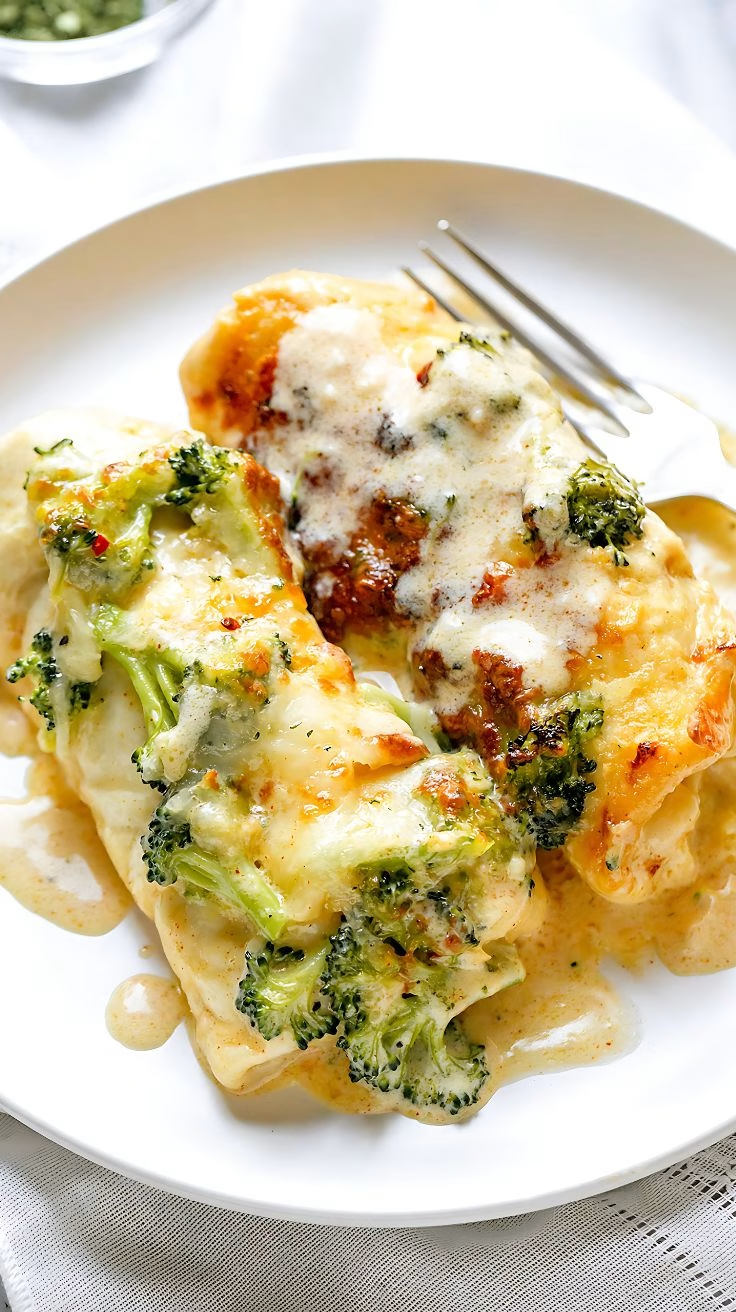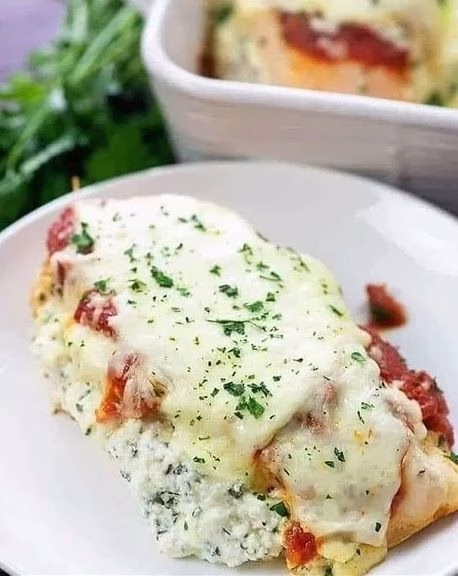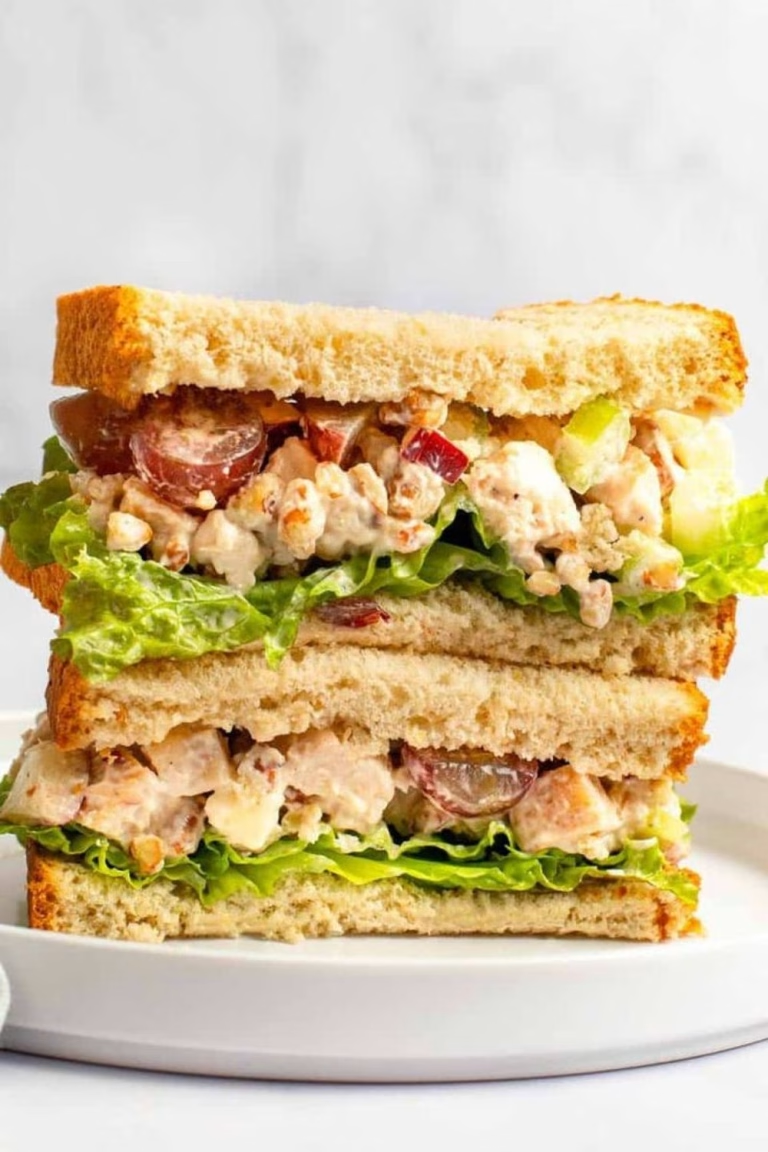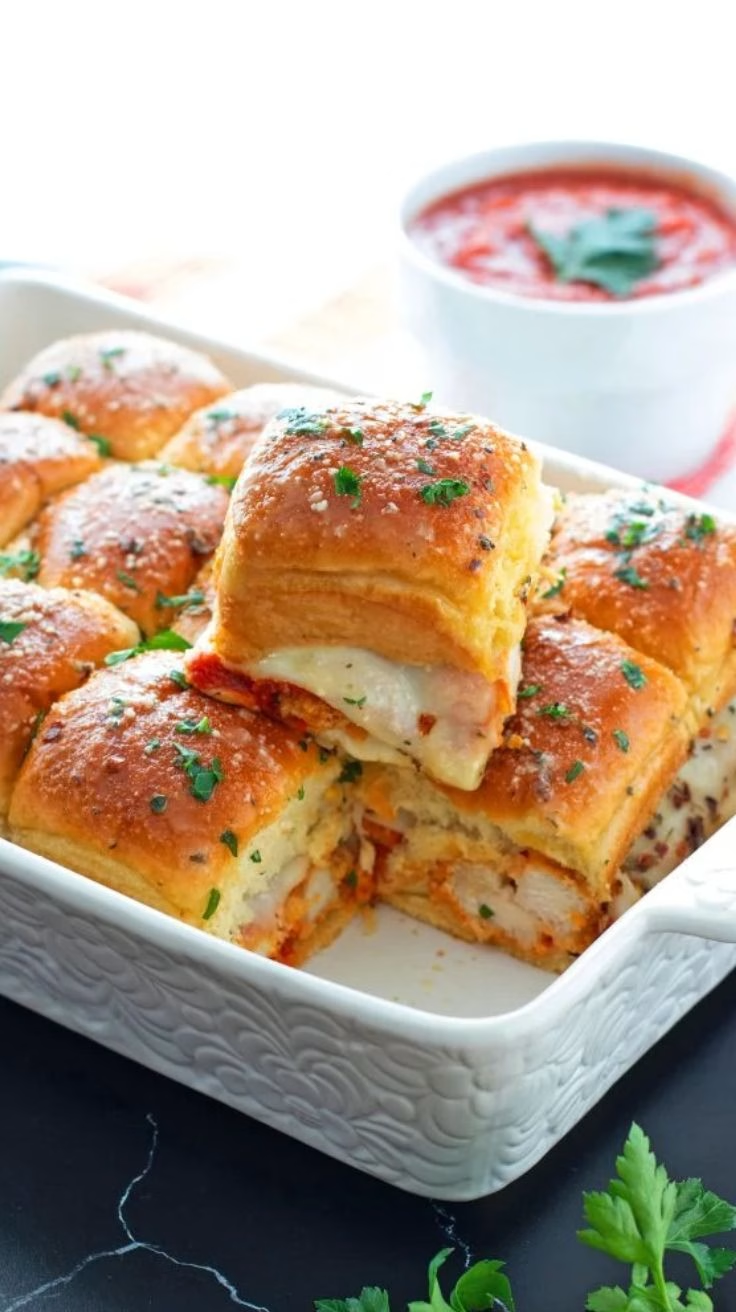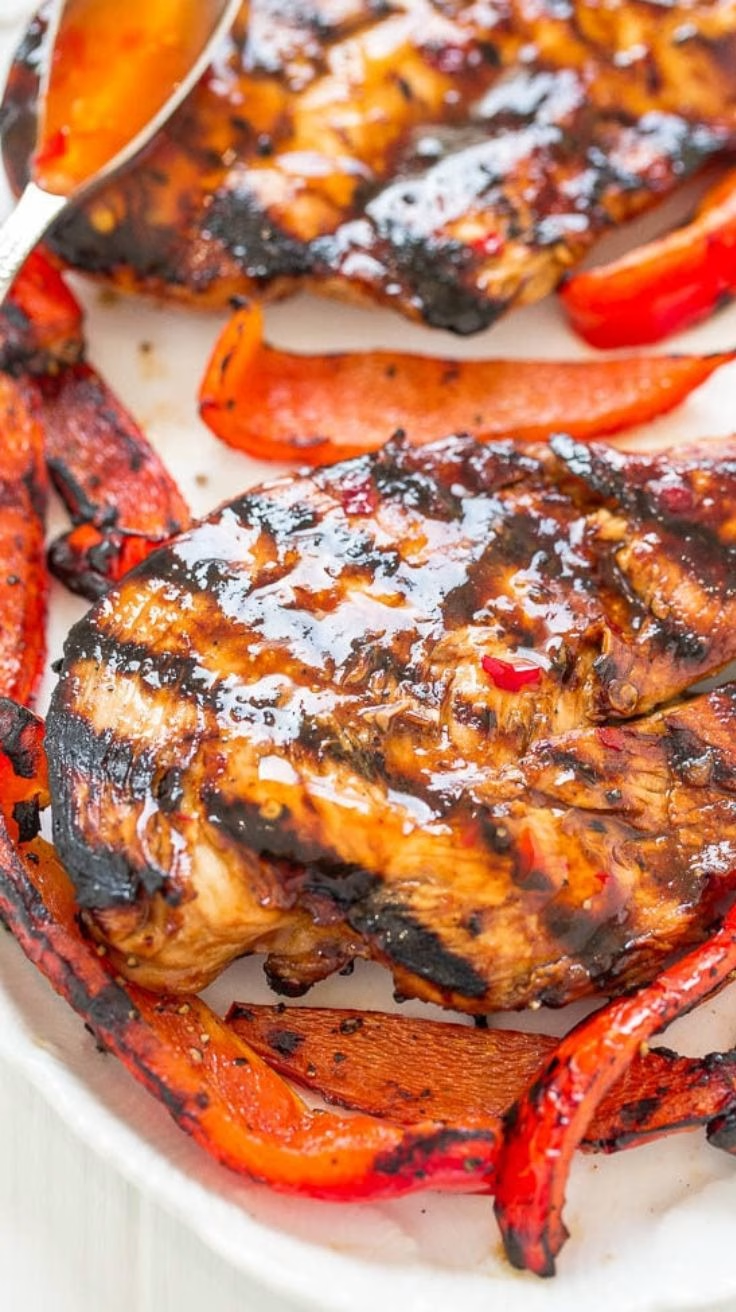Boneless Chicken Wings Recipe | Juicy & Flavor Packed
I remember the first time I made these boneless chicken wings in my own kitchen—I could hardly believe how crispy the outside got while the center stayed juicy. After biting into one, I immediately knew this recipe was going into my regular rotation.
Making them is way simpler than it looks, and the flavor is restaurant-level without the fuss. I love how fast they come together when I want something satisfying in minutes.
If you love exploring different flavors of chicken like the classic French Chateaubriand or creamy skillet dishes, these wings are a must-try too.
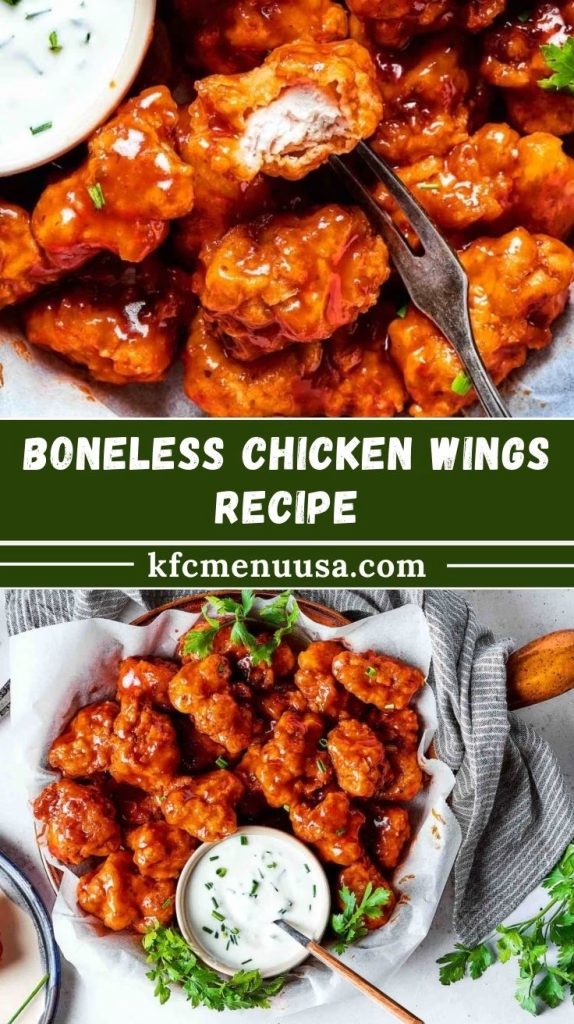
Ingredients
Here’s what you’ll need—measurements included, plus some pro tips from what I learned doing this recipe more than once.
- 1 pound boneless, skinless chicken breasts — cut into nugget or wing-sized pieces. If I’m in a rush I sometimes use tenderloins or chicken thighs instead.
- 1 cup all-purpose flour — this coating gives the crisp exterior; don’t skip using fresh flour (not old or damp).
- 1 teaspoon salt — to bring out the flavor.
- ½ teaspoon black pepper — a bit of sharpness helps balance the sauce.
- ½ teaspoon garlic powder — adds depth of flavor without fresh garlic work.
- ½ teaspoon onion powder — complements the garlic and keeps the crust tasty.
- ½ teaspoon paprika — I use smoked if I have it, for a little smoky richness.
- ¼ teaspoon cayenne pepper — optional, but I love the extra kick; tone it down if you prefer mild.
- 2 large eggs — beaten, used in the “wet” dredge; helps everything stick.
- ½ cup milk — wet-binds the flour and seasoning to the chicken; dairy or use a non-dairy milk substitute.
- ¼ cup vegetable oil — for frying; enough to shallow or medium fry so pieces crisp well.
- 1 cup sauce (buffalo or BBQ) — your choice; I often go buffalo mixed with something sweet.
- 2 tablespoons honey — I mix this into the sauce to mellow out the heat of the buffalo.
Note: several servings — this batch makes 4 servings when used as directed.
Variations
I like tweaking things up depending on what I feel like or what I have. Here are some great alternative options:
- Dairy-free version: Replace milk with unsweetened plant-based milk such as almond or oat.
- Sugar-free / lighter sauce: Use a sugar-free hot sauce or swap out honey for a sugar-free sweetener or omit sweetener entirely.
- Different flavor sauces: Try BBQ, hot honey, Asian-style (such as bulgogi) sauces instead of buffalo.
- Spice infusions in flour: Lemon pepper, taco seasoning, or smoked paprika in place of (or addition to) the standard flour spice mix.
- Alternative chicken cut: Use boneless thighs or tender pieces if you want more flavor or juicier meat—perfect if you’re browsing other chicken recipes for inspiration.
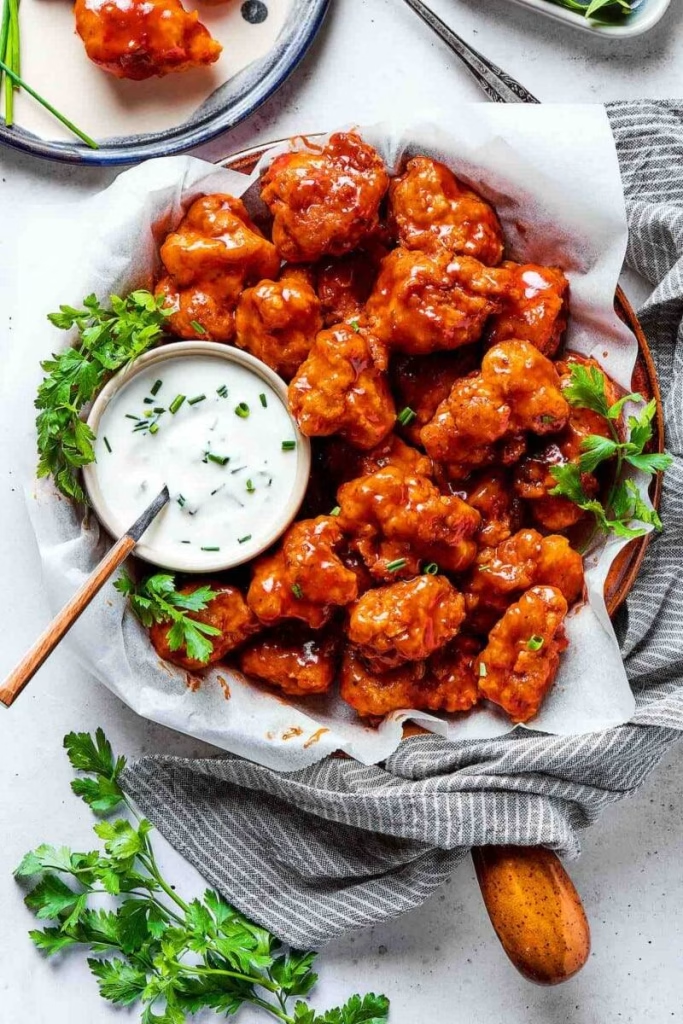
Credit (thebigmansworld.com)
Cooking Time
Here’s how long things take from start to finish:
- Prep Time: 5 minutes
- Cooking Time: 10 minutes
- Total Time: 15 minutes
Equipment you need
- Large skillet (frying pan) — to get that golden crust via pan-frying in batches.
- Two medium bowls — one for dry mix (flour & spices), one for wet mix (egg + milk).
- Tongs or spatula — to safely flip the chicken without losing the coating.
- Meat thermometer — so you can check the chicken reaches the safe temperature of 165°F (74°C).
- Paper towels or wire rack — to drain excess oil so the crust stays crisp.
How to Make Boneless Chicken Wings Recipe Name?
Here’s the method I follow every time to get great results.
Prep the chicken and coatings
I slice the boneless chicken breasts into nugget-sized pieces. Then I whisk together the dry mix: flour, salt, pepper, garlic powder, onion powder, paprika, and cayenne. In another bowl I beat the eggs, then stir in the milk.
Having both mixtures ready helps me work quickly so the breading sticks well.
Dredge and rest
Next, I dip each chicken piece first into the egg-milk mix, then coat it in the flour-spice mix. I do this twice so there’s a double coating.
After coating, I let the pieces rest for about 10 minutes. This rest helps the coating adhere better and prevents it from falling off during frying.
Fry and sauce
I heat vegetable oil in the skillet over medium-high heat. Once hot, I fry the chicken pieces in batches—don’t crowd the pan—until they’re golden brown and the inside reaches 165°F. It usually takes around 3-4 minutes per batch.
After frying, I whisk together buffalo sauce and honey (or your sauce of choice), toss the wings in that sauce, and serve them immediately while they’re hot and juicy.
Additional Tips for Making this Recipe Better
Speaking from my experience, these tweaks really improve the final result:
- I always dry the chicken pieces very well before starting. Any moisture makes the coating soggy, so I use paper towels.
- Using fresh-ground spices gives a stronger, more vibrant flavor than old spice packets.
- I control the oil temperature carefully: too low and the chicken soaks up oil; too hot and the crust burns before the inside cooks.
- Let the coated chicken rest before frying. That helps the breading set so it doesn’t fall off when cooking—just like I do when preparing dishes such as chicken in basil cream sauce for a silky, well-sealed coating.
How to Serve Boneless Chicken Wings Recipe Name?
For presentation and taste, I like to arrange the wings on a platter with some dipping sauces on the side—blue cheese, ranch, or even extra buffalo. Garnish with finely chopped green onions or parsley for color. A wedge of lemon or lime gives a fresh touch. Serving with crunchy sides—celery sticks, carrot slices—or a crisp salad balances the richness nicely.
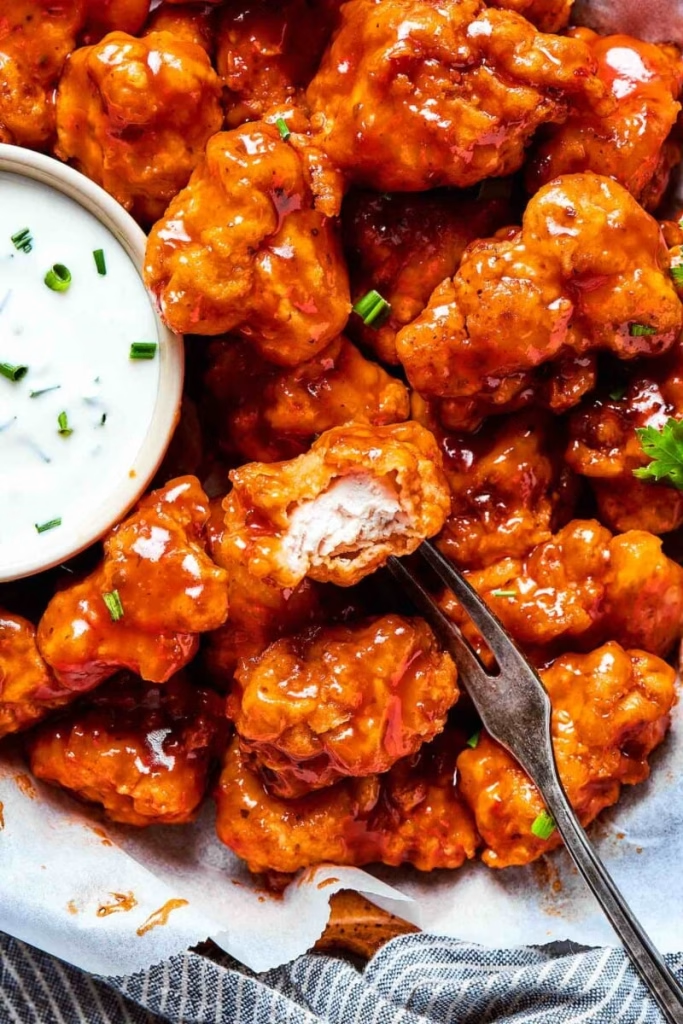
Nutritional Information
Here’s roughly what each serving gives you (based on dividing into 4 servings):
- Calories: ~ 286 kcal per serving — enough to satisfy without being over the top.
- Protein: ~ 30 grams — great for protein punch from chicken.
- Carbohydrates: ~ 10 grams — mostly from flour and sauce.
- Fat: ~ 14 grams — includes oil from frying and sauce content.
Make Ahead and Storage
Here’s how I handle leftovers, freezing, and reheating when I make extra.
Storage guidelines
Once cooked, I let the wings cool a bit, then store them in an airtight container in the fridge. They stay good for about 4-5 days.
Freezing
If I want to save some for later, I fry and crisp them fully, let them cool to room temperature, lay them on a baking sheet so they don’t stick, freeze until firm, then put into a freezer-safe container. They’ll keep well for up to 3 months.
Reheating
To reheat and keep that crunch, I use a 350°F (≈175°C) oven or an air fryer. Heat until they’re warmed through. That restores crispness far better than a microwave.
Why You’ll Love This Recipe?
Here’s what makes these boneless wings a standout. I absolutely think they’ll win you over for these reasons:
- Crispy outside, juicy inside — The double coating and frying strategy delivers a crunch that protects the tender chicken within.
- Fast and easy — From chop-up to plate in about 15 minutes; great when I’m hungry or pressed for time.
- Customizable flavor — You can tweak the sauce, spices, or chicken cut and make it match your mood (spicy, mild, sweet, smoky).
- Kid-friendly and crowd-pleasing — Because they’re boneless and easy to eat, everyone from kids to adults enjoys them.
- Reasonable ingredients — Nothing too fancy or hard to find; you probably have everything already in your pantry or fridge.
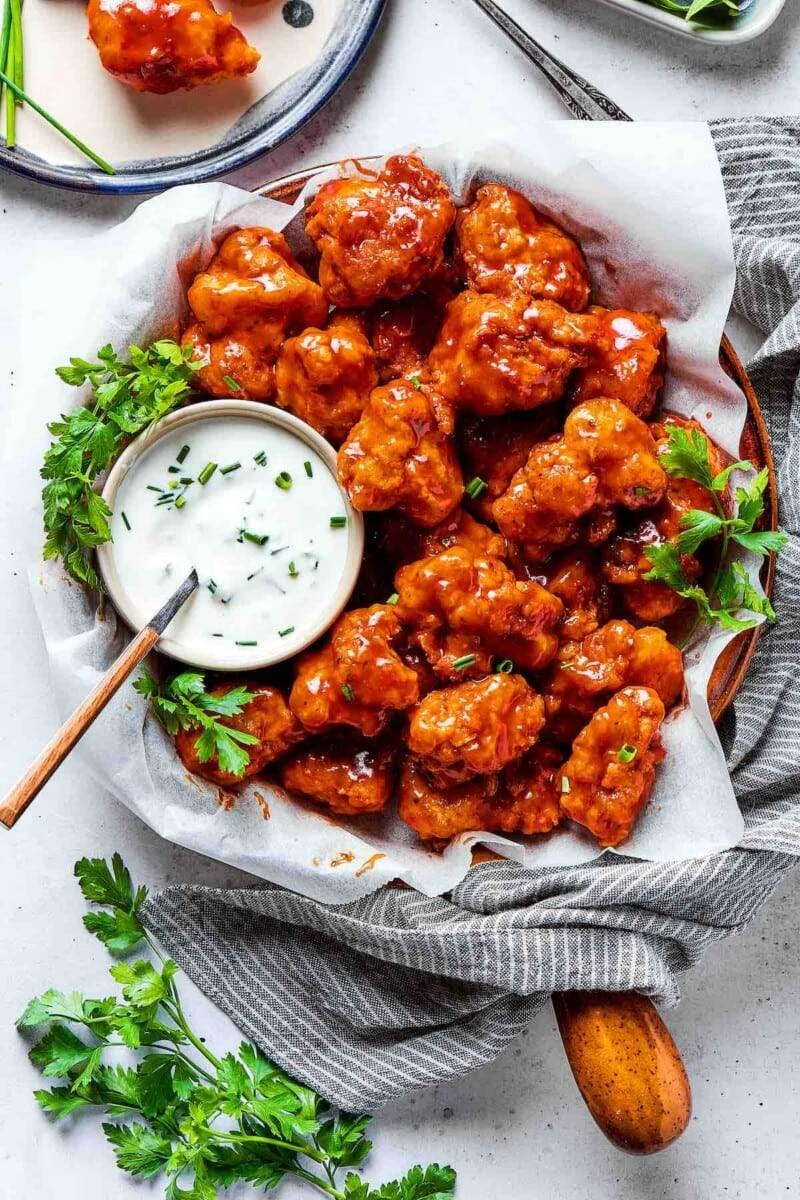
Boneless Chicken Wings Recipe
Ingredients
Method
- I slice the boneless chicken breasts into nugget-sized pieces. Then I whisk together the dry mix: flour, salt, pepper, garlic powder, onion powder, paprika, and cayenne. In another bowl I beat the eggs, then stir in the milk. Having both mixtures ready helps me work quickly so the breading sticks well.
- Next, I dip each chicken piece first into the egg-milk mix, then coat it in the flour-spice mix. I do this twice so there’s a double coating. After coating, I let the pieces rest for about 10 minutes. This rest helps the coating adhere better and prevents it from falling off during frying.
- I heat vegetable oil in the skillet over medium-high heat. Once hot, I fry the chicken pieces in batches—don’t crowd the pan—until they’re golden brown and the inside reaches 165°F. It usually takes around 3-4 minutes per batch. After frying, I whisk together buffalo sauce and honey (or your sauce of choice), toss the wings in that sauce, and serve them immediately while they’re hot and juicy.
Notes
- I always dry the chicken pieces very well before starting. Any moisture makes the coating soggy, so I use paper towels.
- Using fresh-ground spices gives a stronger, more vibrant flavor than old spice packets.
- I control the oil temperature carefully: too low and the chicken soaks up oil; too hot and the crust burns before the inside cooks.

